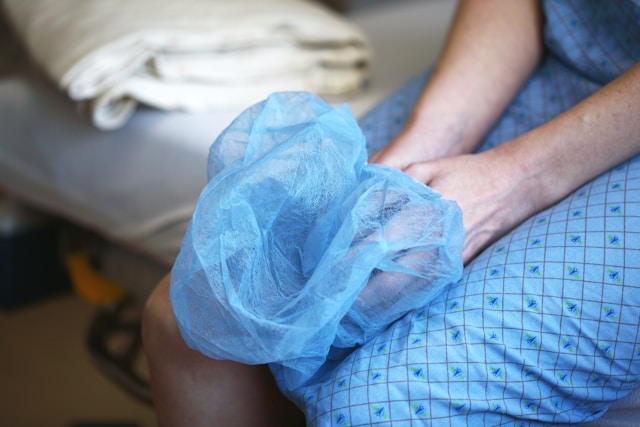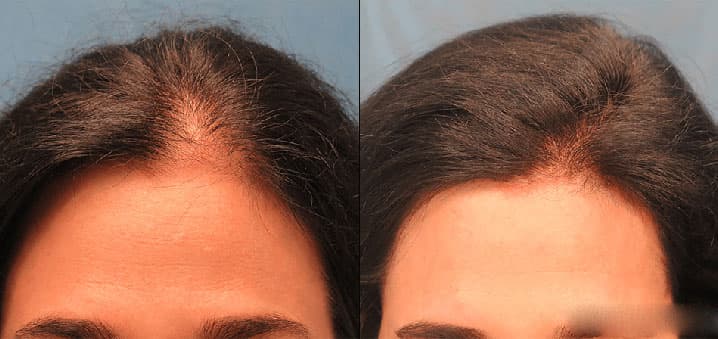If you’re considering a hair transplant, understanding the process is crucial to making an informed decision. Knowing what to expect before, during, and after the procedure can help alleviate any anxiety you may have. Just like a comfortable chair cadeira para estudar to study can enhance your focus, being well-informed about the hair transplant process allows you to approach your treatment with confidence.
The Initial Consultation
What Happens During the Consultation?
The journey begins with an initial consultation, where you meet with a hair transplant specialist. This is your opportunity to discuss your hair loss concerns, examine your scalp, and assess your suitability for the procedure. The doctor will ask about your medical history, previous hair loss treatments, and family history of hair loss.
Preparing for the Consultation
Before your consultation, it’s essential to prepare questions you might have. Consider inquiries about the different hair transplant methods, recovery time, costs, and expected outcomes. This is also a good time to express any concerns or fears you have. A thorough discussion will help you understand whether a hair transplant is the right choice for you.
Types of Hair Transplant Procedures
Follicular Unit Extraction (FUE)
FUE is one of the most popular hair transplant methods. In this procedure, individual hair follicles are extracted from the donor area, usually at the back of the scalp, and transplanted to the thinning or balding areas.
Advantages of FUE
- Minimally Invasive: FUE is less invasive than traditional methods, leaving minimal scarring.
- Quick Recovery: Patients typically experience faster recovery times with FUE, making it a popular choice for those with busy lifestyles.
Follicular Unit Transplantation (FUT)
FUT involves removing a strip of skin from the donor area, which is then dissected into individual hair follicles for transplantation. This method can be more suitable for patients requiring a larger number of grafts.
Advantages of FUT
- Higher Graft Yield: FUT allows for the transplantation of a larger number of follicles in a single session.
- Cost-Effective: FUT may be less expensive than FUE for those needing extensive coverage.
Preparing for the Procedure
Pre-Operative Instructions
Before your hair transplant procedure, your surgeon will provide specific pre-operative instructions. This may include:
- Avoiding Blood Thinners: You may need to stop taking certain medications or supplements that can increase bleeding, such as aspirin or ibuprofen.
- Hair Care: You might be advised to wash your hair with a special shampoo on the day of the procedure.
Mental Preparation
It’s essential to mentally prepare for the procedure. Understand that some discomfort may occur during the transplant, but it is usually manageable. Discussing any anxieties with your doctor can help put your mind at ease.
The Hair Transplant Procedure
What to Expect on the Day of the Procedure
On the day of your hair transplant, you will arrive at the clinic where the procedure will take place. You will be given a local anesthetic to numb the donor and recipient areas. Depending on the technique used, the procedure can take several hours to complete.
During the Procedure
- FUE: The surgeon will carefully extract individual follicles and implant them into the recipient area. This method can take anywhere from 4 to 8 hours, depending on the number of grafts.
- FUT: The surgeon will remove a strip of skin, dissect it into follicular units, and transplant them into the thinning areas. This procedure may take a bit longer due to the additional steps involved.
Post-Procedure Care
After the surgery, your doctor will provide post-operative care instructions. This may include:
- Medications: You may be prescribed pain relievers or antibiotics to prevent infection.
- Wound Care: Instructions on how to care for your scalp and any bandages will be provided.
Recovery and Results
What to Expect in the Days Following the Procedure
In the days following your hair transplant, it’s normal to experience some swelling, redness, or minor discomfort in the treated area. You may notice small scabs forming around the transplanted follicles.
Managing Discomfort
Most patients can return to work within a few days, but it’s essential to follow your doctor’s recommendations regarding activity levels. Avoid strenuous exercise or activities that could strain your scalp for at least a week.
Final Results
While some hair may fall out in the weeks following the transplant, this is a normal part of the process. New hair growth typically begins within 3 to 4 months, with full results visible around 9 to 12 months post-procedure.
Conclusion
Understanding the hair transplant process can help you feel more prepared and confident as you embark on your journey to restore your hair. From the initial consultation to post-operative care, knowing what to expect will alleviate concerns and allow you to focus on your recovery. Just like a well-chosen chair to study can enhance your learning experience, being informed about your hair transplant will ensure you’re ready for the exciting changes ahead. If you’re considering a hair transplant, consult with a qualified specialist to discuss your options and create a personalized plan that meets your needs.








+ There are no comments
Add yours